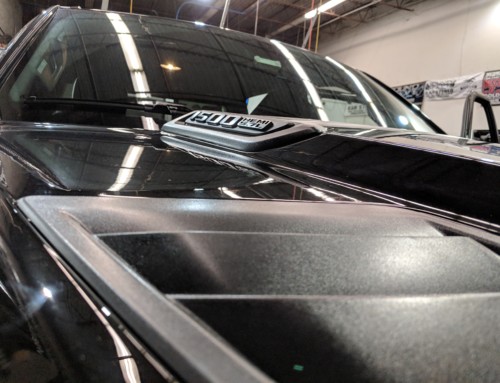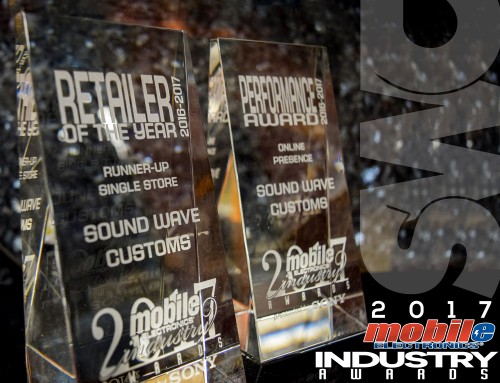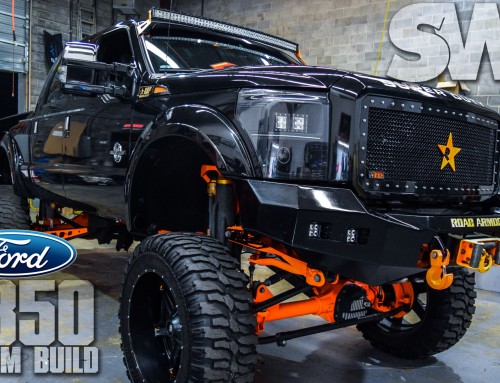What to Consider when Upgrading your Marine Audio
Sound Wave Customs is proud to carry Wet Sounds marine audio equipment. They deliver a crisp and clear sound that is unparalleled. If you’re looking to upgrade, Sound Wave Customs can guide you through what you need to consider.
Let’s start with the obvious. What’s the difference between car audio and marine audio? Marine equipment needs to endure the elements: water, salt and the sun. They have to be built and tested to stand up against constant abuse. Even when your boat is tied up at the marina, it is subject to the elements.
When comparing marine audio equipment, keep these 3 terms in mind: water resistance, UV resistance and anti-corrosion.
1. Water resistance
Anything labeled water-resistant will be able to withstand light rain and splashing, but not full on submersion. And levels of resistance actually range by the manufacturer. If the product is labeled water resistant and not waterproof, make sure to get the scoop before purchasing.
2. UV resistance
Abuse from the sun is always an afterthought, but it is especially important when it comes to marine audio. Quality gear like Wet Sounds is designed to resist sun damage. Always check for the UV resistance when buying are speaker cones, receiver plates or remote controls.
3. Anti-corrosion protection
Every boat enthusiast knows the corrosive power of salt. Your marine audio equipment needs to be able to resist rust and corrosion, too. This is done with plated connections, coated circuit boards and rust-resistant chassis components.
Wet Sounds also offers their own line of waterproof copper wire that is a 100% oxygen free. It also extends your warranty on your equipment by a full year.
Now that we’ve got the obvious out of the way, what else should you be looking for in your marine audio?
1. Specifications
Just like your car stereo, better sound comes from gear with better specs. When shopping for receivers look for a wide frequency response, a high CD signal-to-noise ratio, RMS power ratings and plenty of USB ports if you need them. When it comes to speakers, it’s all about power. Also be sure to check for its resistance to the elements: rubber surrounds, weatherproof cones and UV-resistant grilles.
2. Power
Marine audio comes with a different challenge than car audio. It needs to deliver crisp clear sound to an open area with competing other background noise such as the motor, high wind or the waves crashing. High power is essential. You may even want to consider adding an external marine amplifier.
3. Useful features
While some of you may still be using you own mixed CD tracks to entertain yourself while you’re out on the water, the days of a basic CD player are over. Marine audio now comes with other useful features such as Bluetooth. You can now stream music or make phone calls without ever leaving the helm. Satellite radio allows you to listen to your favorite tunes, sports or talk radio up to 200 miles offshore. Other useful features include USB and auxiliary connections that give you the freedom to plug in your own devices.
4. Expandability
You can always expand your marine audio system later. Just make sure to plan ahead. Look for marine receivers with multiple sets of preamp outputs. This will make it much easier to connect external amps and subs later on.
Installing marine audio can be tricky. We don’t recommend that you attempt this task on your own. Especially if you’re trying to work with existing wiring. There are a wide variety of marine audio carriers to choose from. We recommend Wet Sounds. They have award winning products that Sound Wave Customs carries right here in Virginia Beach. If you’re looking to upgrade your marine audio, contact us today.





